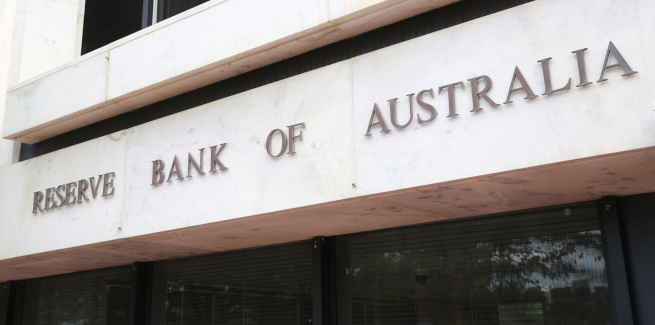According to the latest Housing Finance statistics form the Australian Bureau of Statistics (ABS), non-bank share of owner-occupied lending has increased to 8.5 per cent.
However, the latest Financial Stability Review by the Reserve Bank of Australia (RBA) has said that such a trend could threaten Australia’s financial stability.
The RBA noted that borrowers are increasingly seeking finance alternatives amid tighter lending conditions, but it added that non-banks, or non-ADIS, are not bound by the same regulatory standards imposed on traditional lenders.
“The tighter lending conditions have encouraged some borrowers to obtain finance from non-ADI lenders, in particular prospective borrowers who were offered smaller maximum loan sizes or unable to obtain finance from ADIs,” the central bank noted.
“Given that non-ADIs are subject to less regulatory oversight, this could increase financial stability risks.”
However, the RBA said that it believes non-ADI lending is “unlikely to lead to systemic risks at its current level”, but it added that the Australian Prudential Regulation Authority (APRA) would consider further regulation if non-banks pose a greater threat to stability in the future.
“If non-ADI lenders were at some future time to pose a material risk to financial stability, APRA now has the ability to invoke its reserve power to impose regulations on these lenders in order to manage these risks,” the RBA said.
The RBA’s report followed comments from managing director of non-bank lender Firstmac Kim Cannon, who urged the mortgage industry to recognise the role that non-banks play in the prime lending space.
Mr Cannon sought to dismiss claims which suggest that non-bank lenders are expanding market share by using “less rigorous” credit standards.
“Some banks and commentators continue to talk about non-bank lenders as if we are basically competing for the scraps at the lower end of the market using less stringent credit standards, but the truth is that Firstmac is competing with the banks for prime loans and beating them,” Mr Cannon said.
“We wrote more than $3 billion worth of loans in 2017–18 and every one of them was a prime loan.”
Mr Cannon claimed that for every 1,000 mortgages written by Firstmac over the last 15 years, only one has ended in default, which he said was less than half the rate of the major banks, adding that four loans out of 1,000 are in arrears, which he said was also half the bank average.
The managing director also referred to Standard & Poor’s “strong” rating for loan servicing.
Mr Cannon added that Firstmac has sought to increase its market share by improving its product and service offering.
[Related: Non-banks are not bottom feeders: Firstmac]

